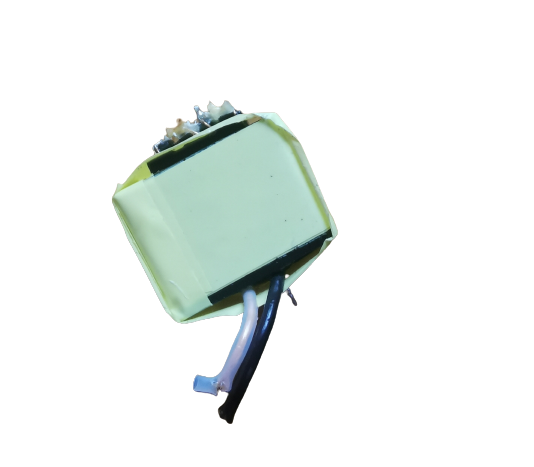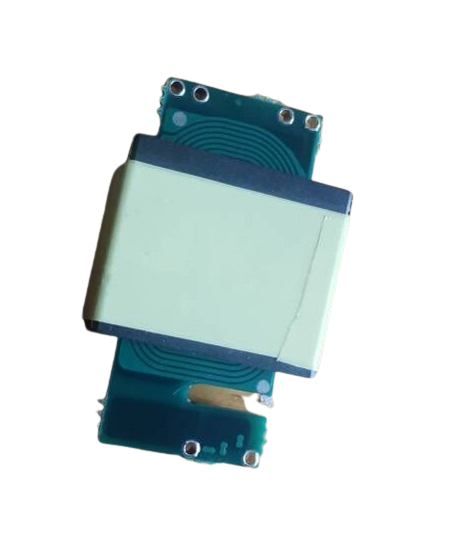More and more Buyers got concerns on Planar Transformer for use of power applications.
The demand for higher efficiency and smaller packages has been the driving force behind advances in switch-mode power-conversion topologies including buck, boost, flyback, forward converters, and others. Requirements for smaller devices coupled with the demand for higher power densities are being achieved via innovative component packages.
Traditional MOSFET power-conversion topologies have responded to these demands through the development of devices designed to operate with lower switching losses at higher frequencies. Over the past several years, the emergence of wide-bandgap (WBG) devices capable of operating at yet even higher frequencies has accelerated the drive toward higher efficiency and smaller packaging. Planar magnetics devices are replacing traditional transformers and inductors in some of these higher-frequency power-conversion applications.
Compared to conventional transformer, what is the advantages for plnar transformer. This article will state the difference and help designer and manufacturer to choose the right one for your PD charger and wall charger.
A traditional switching power supply transformer consists of primary and secondary wire windings wound on a bobbin and ferrite core. Wire insulation and tape are used to separate the windings. The bobbin and core configuration are determined by the circuit topology.
This is our standard PD20W TYPE C Charger transformer
Below planar magnetics transformer replaces the wound wire and bobbin with thin copper sheets “wound” on a printed circuit board. The PCB is sandwiched between a ferrite core and fastened with rivets.
Higher Frequencies = Smaller Magnetics Components?
The first-order effect of the increase in switching frequency is the reduced inductance of magnetic components. As frequencies continue to rise to several hundred kilohertz and into the megahertz range, other factors emerge that can impact the size-reduction benefits of lower inductance.
Of significant importance is skin effect. Skin effect is the tendency of an alternating electric current (ac) to become distributed within a conductor, whereby the current density is largest near the surface of the conductor and decreases with greater depths in the conductor. Since resistivity is a function of the cross-sectional area of the conductor, the result of skin effect is higher resistance at higher frequencies.
This can be resolved, when using a conventional wire-wound-on-bobbin transformer, by increasing the
diameter of the winding wire. Another way would be to bundle multiple, smaller gauge wires. Both add more conductive capacity, but they also add to the bulk of the windings. This, in turn, can result in increasing the core size, which results in higher core losses. A planar transformer’s windings, made up of thin copper foil patterns, are less susceptible to skin effect.
Advantages of planar transformers:
- Stable quality
- have excellent temperature characteristics
- have a low leakage inductance
- have excellent repeatability properties
Advantages Traditional Transformer
- Quick sampling
- Cheap price
- Small size
Welcome to contact us and we will pick right transformer for your PD wall charger.
Post time: Apr-19-2022


